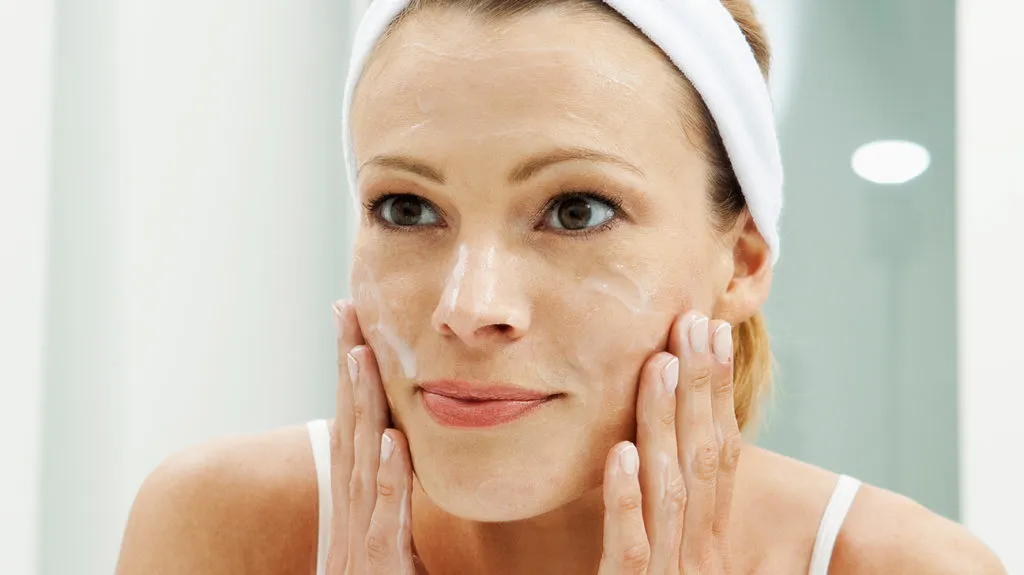Petroleum jelly, commonly known as Vaseline, has been a staple in medicine cabinets worldwide for decades. Its enduring popularity stems from its remarkable ability to lock in moisture, making it a go-to remedy for everything from chapped lips to dry elbows. But when it comes to facial care, should you really be slathering your skin with this glossy goop? Here’s what you need to know before using petroleum jelly as a facial moisturizer.

Understanding Petroleum Jelly
Petroleum jelly is a byproduct of the oil refining process. This gelatinous substance is praised for its ability to form a protective barrier on the skin, sealing in moisture and aiding in the healing process of minor cuts and burns. Its occlusive properties prevent water from evaporating, which is why it feels so soothing on dry, irritated skin.
Benefits for Skin Care
The primary benefit of petroleum jelly lies in its moisturizing capabilities. For those struggling with dry skin, especially in harsh or arid climates, it can act as a lifesaver by providing a layer of moisture that lasts for hours. It’s particularly beneficial during winter when the cold, dry air strips moisture from the skin.
Caution for Facial Use
Despite its benefits, dermatologists often exercise caution when recommending petroleum jelly for the face, particularly for those with acne-prone or oily skin. Here’s why:
- Clogs Pores: Petroleum jelly is highly occlusive, meaning it can clog pores if used excessively or on oily skin types. This can lead to the development of acne or exacerbate existing skin conditions.
- Traps Bacteria: If applied over dirty skin or minor wounds, petroleum jelly can trap bacteria against your skin, potentially leading to infections.
- Potential for Irritation: Some individuals may find petroleum jelly irritating, especially around sensitive areas like the eyes.
Choosing the Right Product
If you decide to use petroleum jelly on your face, it’s crucial to choose a product that is non-comedogenic, which means it’s formulated not to clog pores. Also, ensure the petroleum jelly is purified and specifically designed for cosmetic use.
How to Use Safely
To incorporate petroleum jelly into your skincare routine safely, follow these tips:
- Cleanse First: Always apply petroleum jelly to clean, dry skin to avoid trapping bacteria.
- Apply Thinly: Use a thin layer to minimize the risk of clogging pores and causing breakouts.
- Spot Treat: Instead of applying it all over the face, consider using it on particularly dry areas, such as under the eyes or on the lips.
Alternatives to Petroleum Jelly
For those hesitant to use petroleum jelly on their face, there are numerous alternatives that can provide similar benefits without the potential drawbacks. Look for ingredients like hyaluronic acid, glycerin, or ceramides, which help attract and retain moisture without clogging pores.
Petroleum jelly can be an effective moisturizer for your skin, but it’s important to use it wisely, especially on the face. By understanding your skin type and taking precautions, you can reap the benefits of this common household product without unwanted side effects.
For more insights into skincare and innovative beauty solutions, check out our latest articles & News on Digital Digest. Stay informed and keep your skin healthy and glowing!






